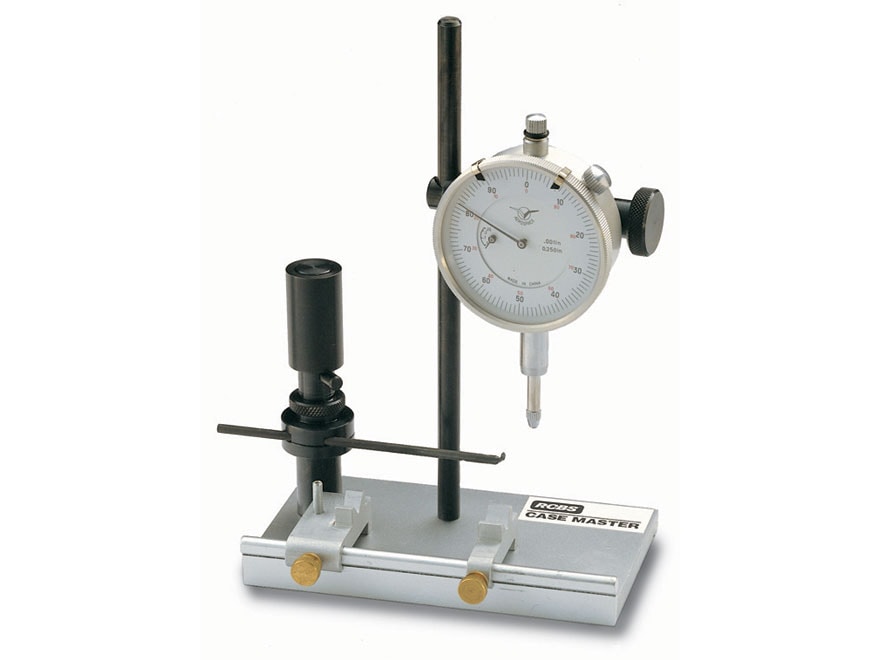The 2 times this has been a problem for me both turned out to be the sizing die.
99% of the runout I have experienced traces back to the sizing step. I firmly believe it occurs as the expander ball is being extracted from the case. Most shell holders do not support the case snugly, allowing slight movement of the case, which is necessary for the case to center as it enters sizing die. This, however comes back to bite us when extracting the expander as it allows the case to tilt slightly, many times this tends to pull the necks off center.
Several things can be done to minimize this problem.
1) Clean inside case necks; I use a bronze bore brush on the inside of necks after running them in a tumbler.
2) I also apply graphite to inside of neck to help minimize friction.
3) I replace the original expander ball on all of the dies used for target ammo. For all other purposes I polish the original ball to high gloss in a drill w/crocus cloth.
4) Set up sizing die/expander stem properly. I think Jeff mentioned this above and I agree this is probably the biggest offender. First, you will notice a bit of runout as you turn the exander stem so I try to find a sweet spot as I tighten down the lock nut so as to find the center of the die as best as possible.
As Jeff stated, set up the ball as close to the bottom of the case neck portion as possible, thus the case is still held centered in the die as the ball enters case neck and a bit farther as it is extracted. If the ball is not centered when it enters, the neck, it only becomes worse as it is extracted.
I've never used an expander mandrel, as I'm old school and they were not available back in the day, but sounds like a lot better arrangement than the balls. The ideal setup IMO is eliminating the expander ball completely with a die that sizes cases to proper neck tension and completely eliminating the expanding step. Neck turning & proper sized neck dies, such as
BUSHING DIES in combination is probably best solution today.
The seating step can induce a bit of runout, but not so much as sizing. Someone mentioned previously that partially seating the bullet, then turning case a third or so and seating a bit farther...repeat to fully seat decreases chance of runout in standard dies. For target work the benchrest seaters hold the bullet straight(er) as it is seated.
IME, runout has negligable effect @ 100 - 200 yards, especially in factory hunting rifles but comes into play moreso beyond.


